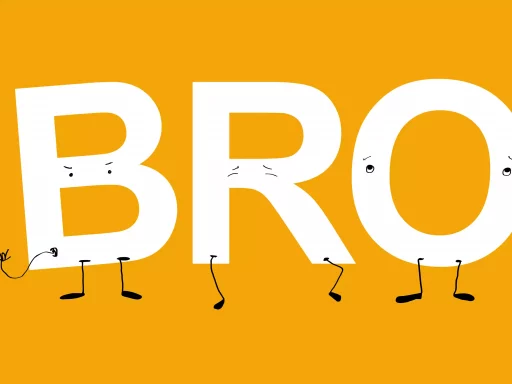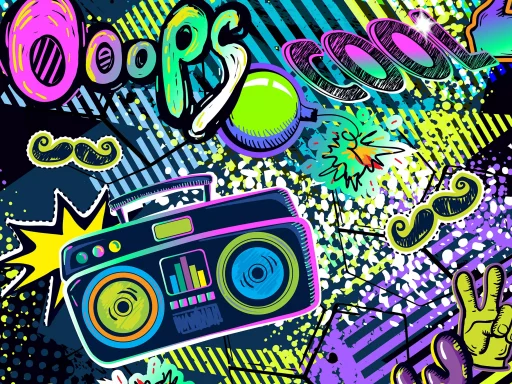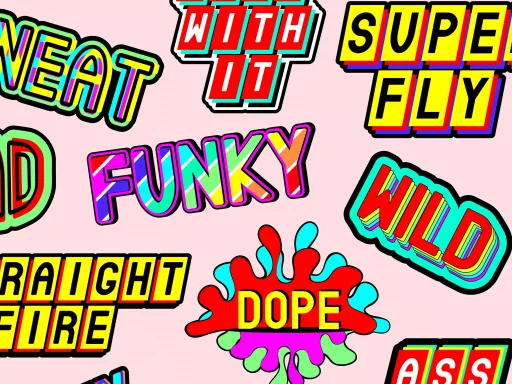Introduction to ASL in Texting
In the digital era, communication has gone beyond face-to-face interactions, evolving into a rapid exchange of messages through texts, chats, and social media platforms. Abbreviations and slang are common in these platforms, leading to some confusion regarding their meanings. Among these abbreviations, ASL is one of the popular terms that often gets tossed around. But what does ASL mean in texting? In this article, we’ll decode ASL, explore its origins, and look at its usage in today’s text culture.
Understanding ASL
ASL stands for “Age, Sex, Location.” It originated in online chatting and became especially prevalent in instant messaging services and chat rooms in the late 1990s and early 2000s. The abbreviation reflects the typical information one would ask to know more about the person they are chatting with.
How ASL is Used in Texting
In most cases, when someone texts you “ASL?”, they are inquiring about your age, gender, and whereabouts—essentially asking for a brief introduction. This abbreviation has traditionally been used in informal conversations, and its context is typically friendly or flirtatious.
Examples of ASL in Conversations
To better understand how ASL fits into everyday texting conversations, here are some examples:
- User A: Hey! Where are you from?
- User B: ASL?
- User A: 25, female, NYC. What about you?
In this example, the use of ASL prompts User A to share basic information about themselves, leading to a more personal conversation.
Popularity and Cultural Impact of ASL
The use of ASL has certainly varied across different generations and platforms. According to a survey conducted by the Pew Research Center in 2017, the popularity of abbreviations in texting remains high among younger demographics—particularly those aged 18 to 29. About 75% of this age group reported using texting abbreviations regularly.
Shifting Contexts: ASL in the Era of Apps
With the rise of social media platforms like Instagram, Snapchat, and TikTok, the usage of ASL has somewhat diminished. Many users now prefer more colorful, multimedia forms of communication. Still, ASL can often be seen in dating apps, where users seek to make quick connections.
Cultural Sensitivity and ASL
One important aspect to consider is the cultural sensitivity surrounding the use of ASL. The phrase, while seemingly harmless, can lead to assumptions based on a person’s age, gender, or geographic location. It is essential to approach such inquiries with caution and openness, valuing the other person’s comfort and privacy.
Alternatives to ASL
As language evolves, new abbreviations come into play. Here are some alternatives to consider if you want to engage in basic introductions without using ASL:
- DM: Direct Message, commonly used to invite someone to chat privately.
- WYD: What You Doing? A casual way to ask about someone’s current activities.
- TL;DR: Too Long; Didn’t Read, useful for summarizing lengthy texts.
While these terms serve different purposes, they are part of the larger trend of using abbreviations in digital communication.
Conclusion: The Future of ASL in Texting
As communication trends continue to change, the use of ASL may fade, or it may transform with new meanings. The essential takeaway is that language is dynamic, heavily influenced by societal norms and technological advancements. Understanding terms like ASL not only helps streamline communication but also helps us appreciate the cultural evolution of language in the digital age.
Statistics on Texting Abbreviations
- 75% of individuals aged 18-29 use texting abbreviations regularly.
- 60% of people consider texting a primary form of communication.
- 40% of users admit to misinterpreting abbreviation meanings.





